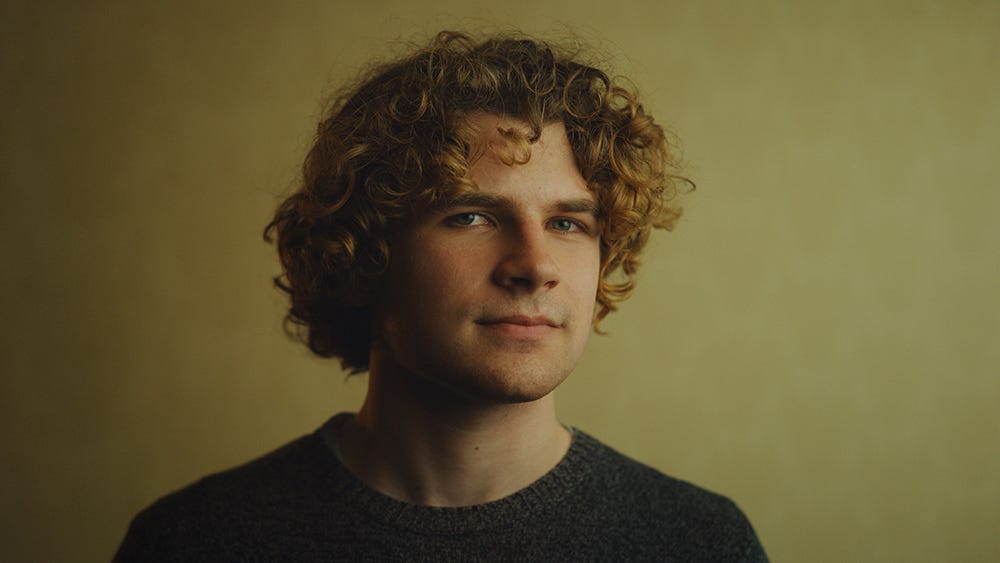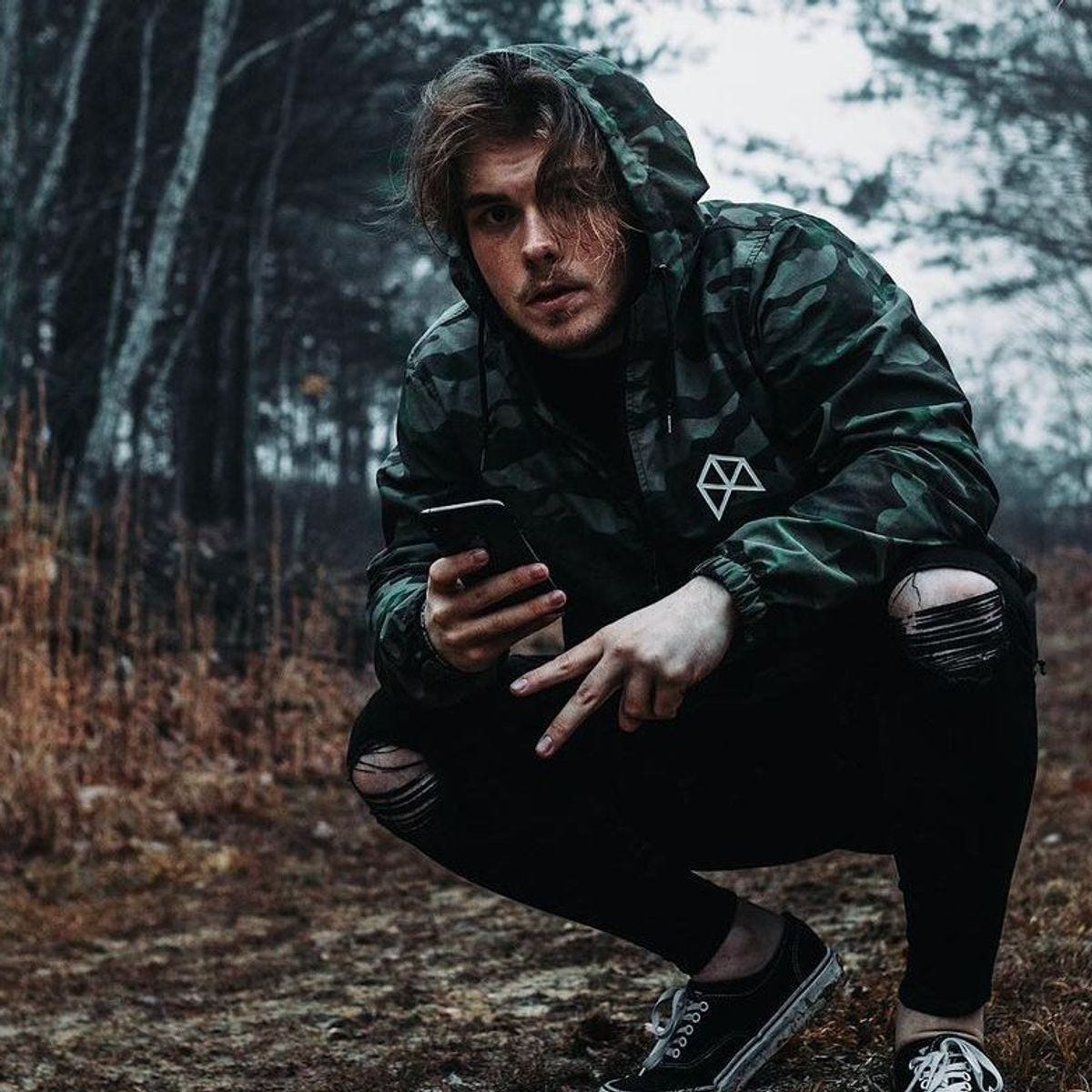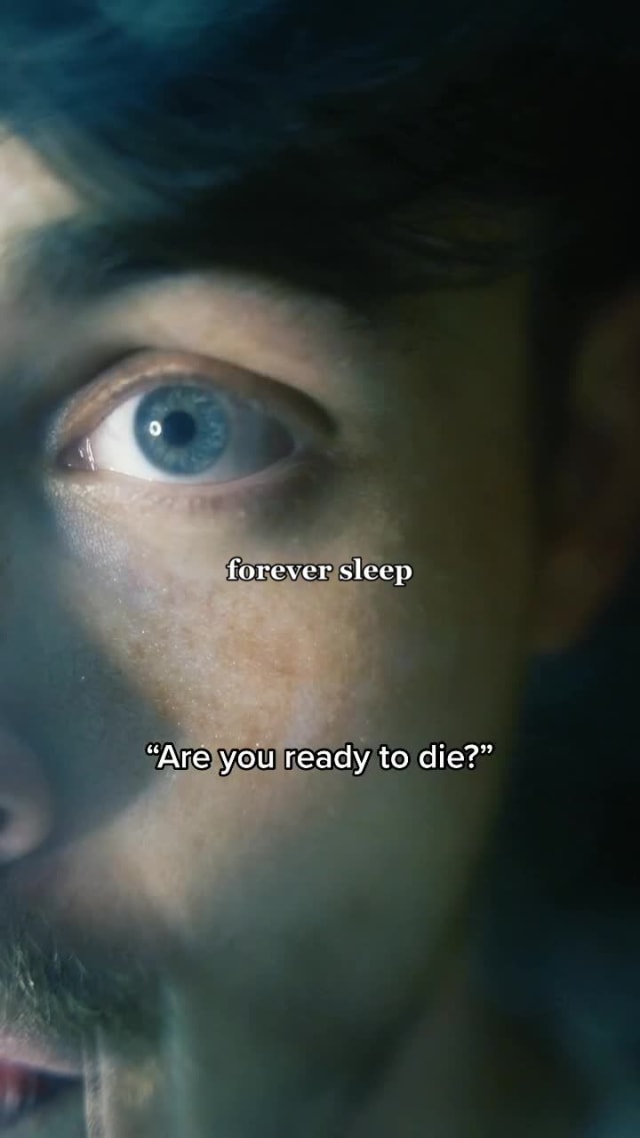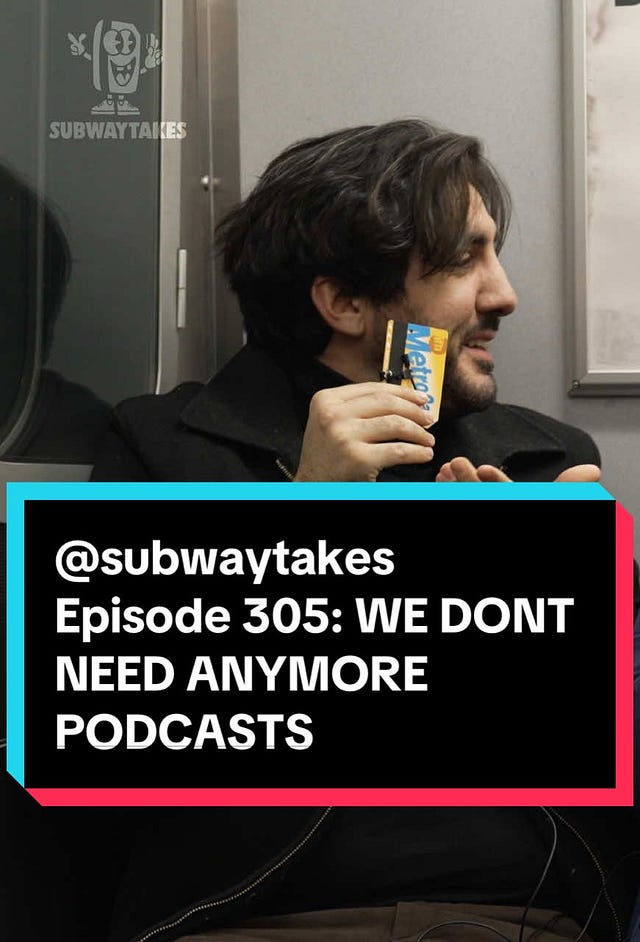For the past month, my Columbia University Film Class class has been ground zero for a collision between film and TV training and the creator economy.
I’ve been bringing founders, operators and creator-economy entrepreneurs into From Chaos to Creation: Finding Your Path in a Changing Industry. Each session has turned into a small R&D lab bringing thought leaders from the creator economy…
But not all of my students were connecting the dots. They’ve spent years learning how to write, direct and produce for film and TV. Once we shifted into the mechanics of the creator economy, they weren’t sure how any of it translated to their careers. The gap between what they’ve been trained for and where the growth is actually happening felt wider than expected.
The speaker I planned to feature in the stack this week couldn’t make class so I asked Resident Gardener to step in. Mitch has been doing the work my students didn’t know they needed. He has been tracking the filmmakers who are already using creator-driven tools to build real careers, not imaginary ones. Not theory. Not the “one day when I get financing” path. These are filmmakers who used the platforms in front of them and stepped into long form because the work and the audience carried them there.
Take it away, Mitch…
The Modern Points of Entry
When I spoke to a class of undergraduate students at Texas State last week about the creator economy, a student raised their hand and said, “But, I want to make horizontal content”.
What he really meant was simple. He wanted a clear path. A way to start, test work, and move forward without begging the old system for permission.
Preparing for that talk, I kept thinking about how brutal the “first feature” grind still is. Endless grant apps. Cold emails. Crowdfunding fatigue. The quiet panic of trying to convince someone with power to notice you.
Meanwhile, the industry is searching for new models. The old playbook is cracked and everyone knows it. But that doesn’t mean there isn’t a way in. It only means the way in looks different.
I kept coming back to one thing. There are filmmakers already proving what the new path looks like. They are using direct-to-audience tools. They are building community before they build anything else. They are treating the creator ecosystem as a platform, not a downgrade. And they are moving into long form because their work earned that momentum.
Their paths aren’t hypothetical. They are working. Here are five examples…
The Short Form Pipeline
Kane Parsons and Eavesdropping
Short form used to be something filmmakers made on the way to something bigger. Now it is the doorway itself. Kane Parsons was sixteen when he posted The Backrooms to YouTube. A nine minute analog horror short filmed in an empty office with Blender tutorials and instinct. No film school. No reps. No festival strategy. Just a kid building a world and letting a community find it.
What made it work was not the scare. It was the consistency. He kept adding episodes. He built lore. He watched what resonated and shaped the series in real time. That process turned a hallway video into a full story world with millions of followers. A24, Chernin and 21 Laps reached out. At 19 he was directing the feature adaptation.
The creators of Eavesdropping did something similar on a different emotional frequency. Their series is small and intimate. Two people talking. A chance encounter in a bar. A breakup on a stoop. It is simple on purpose. Each short plays like a tiny experiment. They post, they listen, they adjust. The community keeps growing. Eventually they sold out a theater in Los Angeles for a live screening. That response is proof. If the story works in short form, it can probably work in long form too. And now they have the proof of concept if they choose to do so.
Short form is not practice anymore. It is the gateway. Once you show you can build a story world in small bites and gather a community around it, you have proven you can take it wide.
The Lesson: Short form is the gateway to scale. Prove your world in small pieces and the next step becomes obvious.
The Community First Model
Curry Barker
Curry Barker did not start by chasing a manager or a festival. He started by building a community. For years he made comedy sketches on YouTube. His channel That’s a Bad Idea grew into a community of millions who understood his humor and rhythm. They knew his voice long before he ever wrote a feature.
Then he pivoted. He made a small project called Milk and Serial. It cost around eight hundred dollars. No fancy equipment. No crew. Just a focused idea and the confidence that the people already following him would show up. And they did. The film pulled in millions of views and gave him momentum to shoot his next feature, Obsession.
That is what independent filmmakers should study. He did not convince a studio to take a chance on him. He convinced his community. When Obsession hit the market, Focus Features bought it for fourteen million dollars. Universal took it international. Blumhouse and Roy Lee signed him for his next film. The leap looks insane on paper, but it makes sense when you understand where the leverage came from.
He built belief first. And the industry followed.
The Lesson: Build the community first. It becomes the engine that carries you into long form.
The Social Storyteller
Zac Stracener
Zac Stracener used TikTok like a workshop. His one minute stories about heartbreak and healing were simple but deeply emotional. He shot them like short scenes. Clean framing. Clear beats. Warm tone. People started returning not just for the subject matter but for the voice behind it.
The power of social storytelling is the low risk. You can post something today, see what lands and post a better version tomorrow. No committee. No expensive production day. No fear that a wrong idea will haunt you. You test. You adjust. You grow.
 Tiktok failed to load.
Tiktok failed to load.Enable 3rd party cookies or use another browser
For Stracener that real time loop changed everything. He learned pacing by trial. He learned emotional structure by watching comments. He learned how to build characters people connect with because he could see it as it happened. By the time he started writing his feature and limited series, he already knew the tone his community cared about. He knew which themes mattered. He knew what felt true.
For filmmakers inside the traditional system, that kind of clarity can take years. For him it took daily practice and a phone.
The Lesson: Social media gives you the freedom to experiment without fear. By the time you scale up, you already know what connects.
The Social Series Architect
Anthony DiMieri
Anthony DiMieri is one of the clearest examples of a creator who built a career by thinking in series, not one offs. He helped shape and produce SubwayTakes and Keep The Meter Running with Kareem Rahma, two digital series that feel like docu-style shows you would expect to see on a streamer. Each episode uses the same format. Same tone. Same rules. That repetition builds trust. And trust builds community.
Instead of relying on virality, he relied on consistency. Subway riders. Taxi passengers. Real conversations. Real environments. The series structure created its own gravity. People returned because they understood what the show was and what they would get from it.
This is what aspiring filmmakers should study. A digital series is the closest thing the creator economy has to a writers room. You learn format. You learn rhythm. You learn how to produce at scale. You learn how to lead. And because this work is community facing, you instantly see what works and what does not.
DiMieri is now overseeing multiple feature films and running a growing production operation. His digital work was not a detour. It was training. Proof that he could build a world people would return to. And a runway into long form storytelling built on his architecture, not someone else’s template.
The Lesson: A social series is the new writers room. Build a format people return to and you create a foundation strong enough for film.
The Hybrid Creator
Wesley Wang
Wesley Wang’s path is one every independent filmmaker should understand. He made his short nothing, except everything while still in high school. He submitted it to Indy Shorts (and won the jury prize) along with other festivals and got nowhere. No traction. No proof of value.
He could have stopped there. Most filmmakers do. Instead he uploaded the film to YouTube with no strategy and no expectation. Just a belief that if people were meant to find it, they would. And they did. The short exploded. Millions of views. Thousands of comments from teenagers who felt understood by it. That connection created the momentum festivals never gave him.
The film spread far enough that Darren Aronofsky’s Protozoa Pictures reached out. TriStar joined. Suddenly this nineteen year old student had a feature deal. Not because a programmer said yes, but because real people found the work and passed it forward.
Wang did not build a community in the traditional creator sense. He used a direct to consumer tool when the traditional funnel shut its door. He put the work in front of the world and let the world decide. For this generation of filmmakers, that is the shift. You can still be found. Even when the machine says no.
The Lesson: Direct to consumer is liberation. If the gate does not open, you can go around it.
Three Trends That Cut Across All Five Paths
Direct-to-audience beats gatekeeping: Every one of these filmmakers put work in front of real people first. Not executives. Not programmers. The audience became the validator.
Consistency builds leverage: Whether it was short form in sequence, a recurring series format or daily social storytelling, they all created steady output that built trust and momentum.
Community is the backstop: When the traditional system hesitated, it was the community, the people who already cared about the work, that pushed these creators into long form opportunities.
The Takeaway
What these five paths show is that the new routes are still built on the oldest principles of the craft. Make something small. Make something personal. Put it in front of people. Watch what happens. Let the reaction shape the next step. Grow the world until the long form version becomes inevitable.
Social and vertical content are not replacements for filmmaking. They are the laboratory. The testing ground. The space where you remove the distance between the idea and the audience. When you stop waiting for permission and start treating these platforms as tools, your work gets sharper and your community gets stronger.
The career you end up with may not match the one you imagined when you started.It may turn out stronger, clearer and more sustainable than the version that once felt like the only path.






![Curry Barker is the Future of Horror [TIFF 2025 Digital Feature] Curry Barker is the Future of Horror [TIFF 2025 Digital Feature]](https://substackcdn.com/image/fetch/$s_!u7YS!,w_1456,c_limit,f_auto,q_auto:good,fl_progressive:steep/https%3A%2F%2Fsubstack-post-media.s3.amazonaws.com%2Fpublic%2Fimages%2F4e1cafcf-5d87-4f18-aeb8-9a991e3a9016_788x444.jpeg)





Very cool! I'm trying to shift my mindset and skillset toward a path like this. Much like the students mentioned, I came up through the old model. I say old, because the more I learn about the realities of today, the more that model feels antiquated.